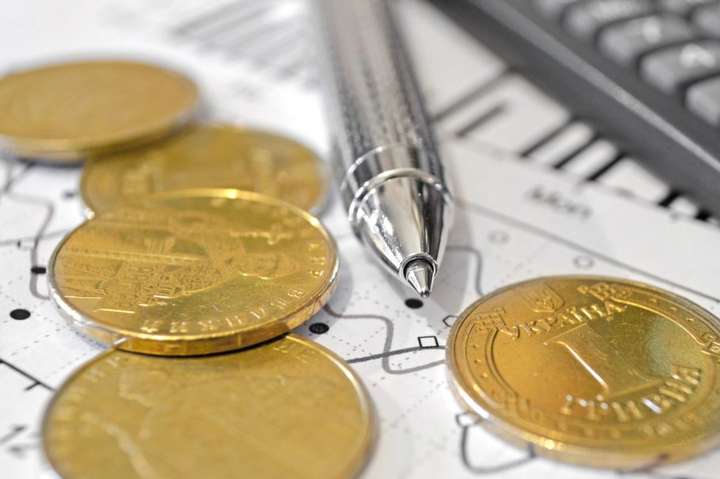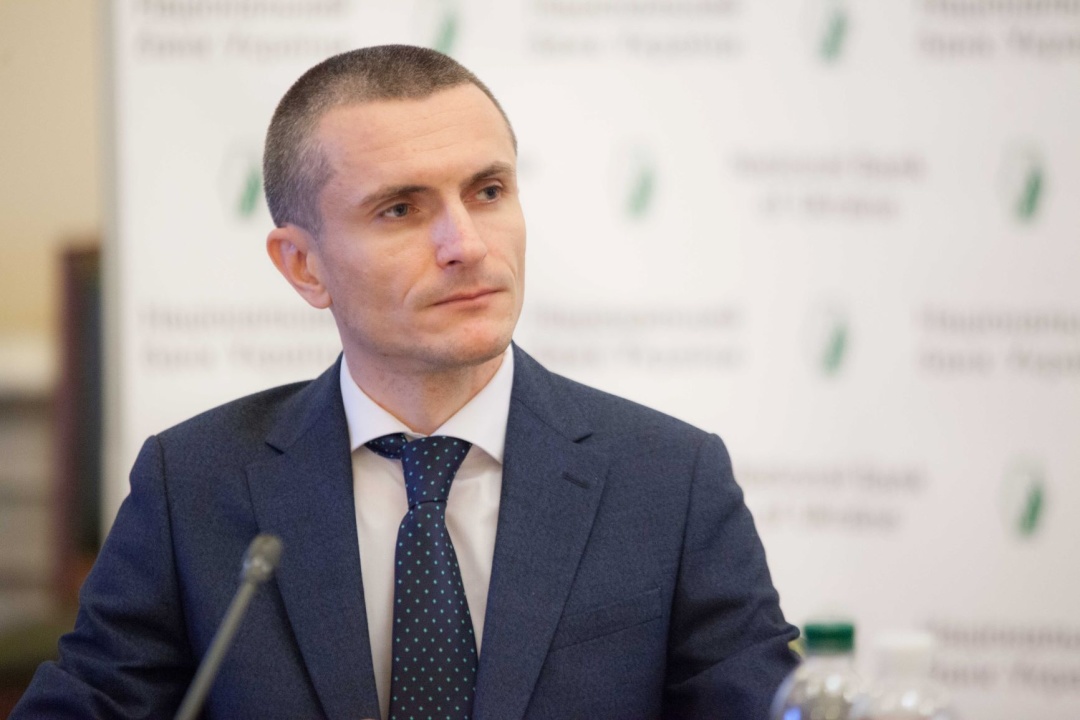
Ukrainian economy - first steps to recovery
The National Bank of Ukraine (NBU) forecasts an acceleration of economic growth amid a slowdown in inflation. "In 2023, inflation will decline to 10.6%, and real GDP will grow by 2.9%," analysts say in the NBU's July inflation report. Inflation will continue decelerating in the following years, and economic recovery will accelerate. This scenario is based on the assumption that security risks will significantly decrease from mid-2024. The Ministry of Economy commented Ukrinform that even more optimistic scenarios are possible.

Following the publication of the NBU's report, Ukrinform asked the Ministry of Economy to describe the current economic situation in Ukraine and assess its prospects.
"There is a recovery in economic growth after significant losses. The economy continues to adapt to the current challenges of Russia’s war successfully. We expect this trend to continue," the ministry commented.
Ukraine’s economy has shown a steady upward trend year to date and the Ministry of Economy predicted that GDP would grow by 3.2% this year. After the blowup of the Kakhovka dam by Russians, analysts downgraded the forecast to 2.8%.
However, even despite the ruination of the Kakhovka dam and Russia's withdrawal from the grain deal, according to updated calculations by the Ministry of Economy, GPD growth this year will be about 3.2%, as forecasted at the beginning of the year.
"GDP growth is estimated at 2.7% in the first half of the year, and by the end of the year, we expect to reach a growth trajectory of 3.2%, which was the figure that formed the basis of budget calculations for 2023.
However, given the speed and efficiency of businesses and households' adaptation to the new business environment amid constant challenges and other favorable conditions, we expect GDP growth to be higher. But the war is ongoing, so the risks remain high," the Ministry of Economy said.
According to the ministry, GDP growth is expected to accelerate in 2024. Currently a GDP growth forecast of around 5% is being considered as part of the 2024 budget process. It will happen if the war ends by the middle of the year, migrants gradually return home, ports reopen after liberation and demining, and recovery starts under the influence of the government's measures, active reform, and reconstruction of Ukraine with the help of partner countries and international organizations, as well as investment inflows against the backdrop of effective reforms.
The country's economic recovery will occur in the context of macroeconomic stability and the mitigation of security risks in close cooperation with international partners, including the EU, G7, and NATO.
Security risks
The Ministry of Economy and the NBU's estimates of economic recovery in 2024 are based on the assumption that the war will end, and security risks decrease in mid-2024.

The IMF Resident Representative in Ukraine, Vahram Stepanyan, also assumes that Russia’s hostilities will end in the first half of 2024. It is one of the scenarios being considered by the International Monetary Fund.
"However, our experts have also calculated another option - the continuation of hostilities in 2024, so that in this case, funding for Ukraine could continue," Stepanyan said during a discussion at the Centre for Economic Strategy (CES).
According to private business representatives, reducing security risks remains a critical factor in economic recovery.
"As the front line moved last year and remains stable, businesses see a decrease in security risks. This is the main factor that allowed Ukraine to move to economic growth," Vitaliy Vavryshchuk, head of macroeconomic research at ICU Group, commented to CES.

Slowing inflation
Last month, the National Bank improved its macroeconomic forecast, particularly regarding inflation. The GDP growth forecast remains conservative at 2.9% due to high-security risks.
"The NBU expects inflation fall to a single-digit level of 8.5% in 2024," Sergiy Nikolaychuk, deputy head of the National Bank, said.
However, according to private sector experts, if the national currency exchange rate is liberalized, the dollar could rise to almost UAH 40. That is why they expect inflation to accelerate to 12-15% next year.
Factors of economic growth
The NBU report notes that the situation in metallurgy, ore mining, livestock, and food production has improved due to the restoration of energy supply. Repairs in the energy sector supported the mining and machine-building industries, while demand for fertilizers supported the chemicals industry. Budgetary funding contributed to the further growth of defense-oriented industrial activities and specific budgetary sectors (public administration and defense, healthcare). The rehabilitation of housing and infrastructure and the development of logistics hubs on the western border supported construction. The revival in consumer demand contributed to the recovery of the retail and service sectors.
According to the Ministry of Economy, 2024 is the start of the country's post-war recovery and the basis for further development. The main drivers of the recovery will be the security factor and the country's irreversible movement toward the EU, which will be combined with the following:
- growth in investment activity after the previous pause according to the country's urgent need to restore the production capacity and infrastructure;
- access to the EU and G7 markets will help producers integrate into global trade chains;
- development of production capacities, installation of modern high-tech equipment, and introduction of advanced energy and environmentally friendly technologies to reduce energy dependence;
- expanding the transport infrastructure as a key logistics channel for supplying products to international markets;
- restoring irrigation systems and increasing agricultural productivity;
- broad support for projects of transition to a green and innovative economy using digital technologies;
- active service sector development as a related activity of the main economic drivers.

The agricultural sector is an economic recovery driver
According to the Ministry of Agrarian Policy and Food, Ukraine increased grain exports during the war year. In the 2022/2023 marketing year, the country exported 48.99 million tonnes of grains and pulses. It compares to 48.355 million tonnes in the previous marketing year.
Olena Bilan, director of the analytical department at Dragon Capital, told CES that the Ukrainian agricultural sector is adapting to the absence of access to seaports. If transportation via the Danube continues, provided that Ukrainian air defense reduces the risks of Russian attacks, the capacity of the Danube corridor is expected to increase from 2 to 3 million tonnes of grain per month, she said.
The liberation of Snake Island by the Ukrainian Armed Forces in 2022 made it possible to open the Bystre Estuary, located in Ukrainian waters, to vessels. It allowed the Danube ports to triple their throughput capacity and add 10 million tonnes of cargo annually.
During the war, the Danube ports' cargo turnover tripled, while Odesa's seaports lost over half of their cargo turnover last year.
According to Dmytro Barinov, deputy head of the Ukrainian Sea Ports Authority, the Danube route can only partially replace shipping through seaports. The transshipment volumes are difficult to compare due to the significant depth difference. However, this route works as a temporally alternative. In the first half of the year, 11 million tonnes of grain were transported through the Danube ports, the same amount as in the whole of 2022.
"In May, three ports - Ust-Dunaisky, Izmail, and Reni - handled a record cargo volume, even since the Soviet Union. In total, the Danube ports handled 3.14 million tonnes of cargo over the month," Barinov said.
The Ministry of Infrastructure forecasts that the cargo turnover of the Danube ports will reach 20 million tonnes in 2023.
After Russia's withdrawal from the grain deal, Ukrainian grain exports are carried out via alternative routes: road and rail through the Danube ports. Therefore, the cancellation of the grain deal would not have a devastating impact on the Ukrainian economy.
However, from the point of view of global food security, the Black Sea Grain Initiative is currently without alternatives. That is why the international community's pressure on Russia to return to the agreements is so significant.
Ukraine's economy is entirely dependent on the further course of the war and international financial assistance. Still, thanks to the adaptability and resilience of Ukrainian businesses, the country's economic recovery has been underway year to date and will only intensify.
Aleksandra Klitina, Kyiv




